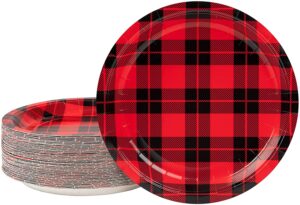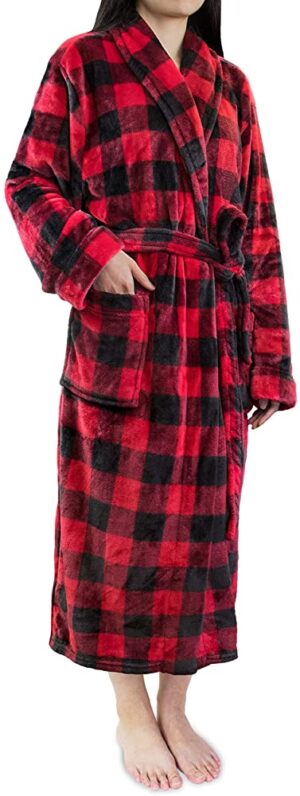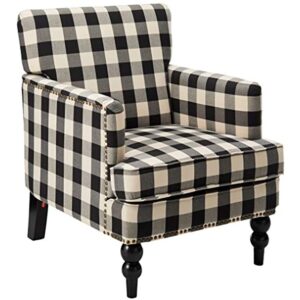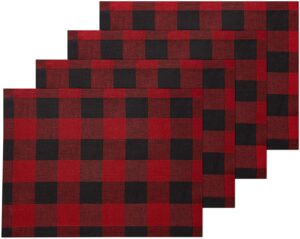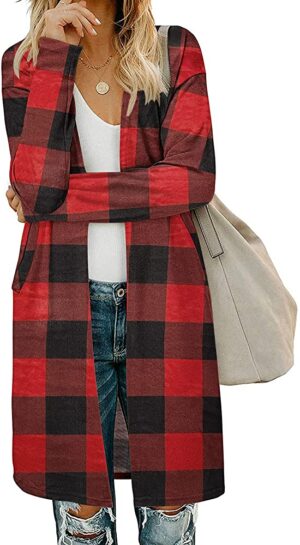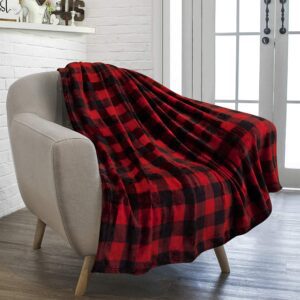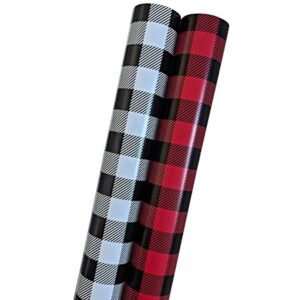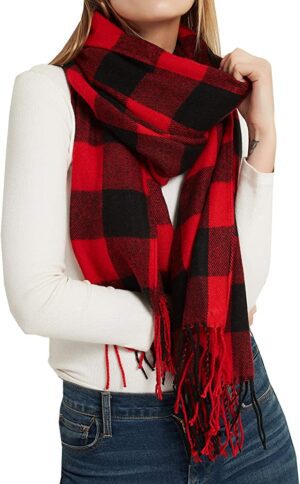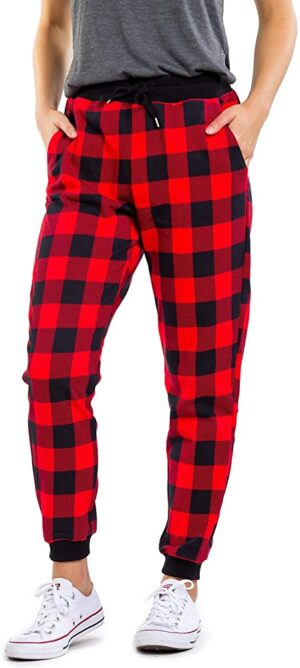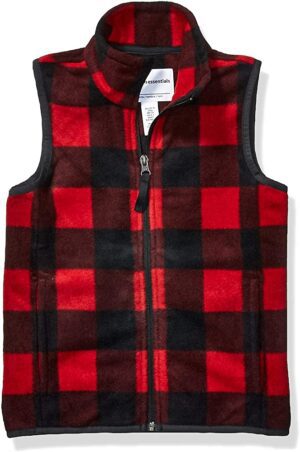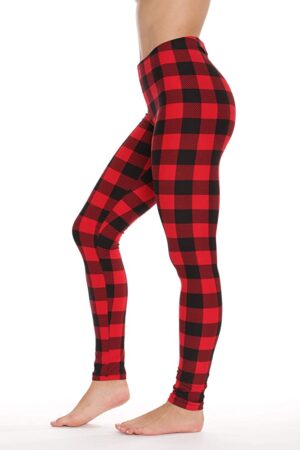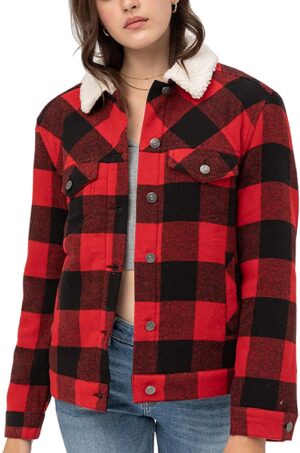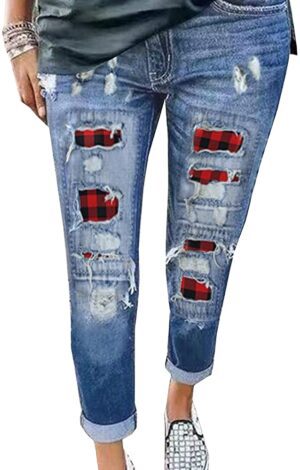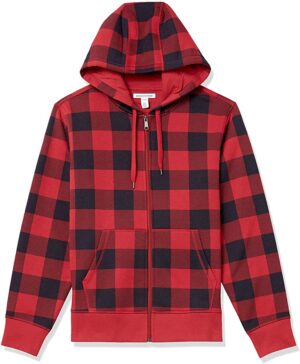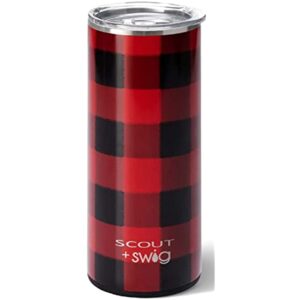You love the look of dining chairs with piping, but your current ones are starting to show their age. Whether it’s worn-out fabric or outdated patterns, it might be time for a change. Lucky for you, reupholstering a dining chair with piping is easier than you might think! In this article, we’ll walk you through the step-by-step process of transforming your old dining chairs into stylish and updated pieces that will impress your guests. From choosing the right fabric to adding the perfect piping, we’ve got you covered. So grab your tools and get ready to give your dining chairs a fabulous makeover!
Choosing the Right Materials
When it comes to reupholstering a dining chair with piping, selecting the right materials is crucial. The upholstery fabric you choose will determine the durability, comfort, and overall look of the finished chair. There are various varieties of upholstery fabric available, each with its own unique characteristics. Some popular options include cotton, linen, velvet, and leather. Consider factors such as the chair’s intended use, your personal style preference, and the existing decor of your dining area when selecting the fabric. Don’t forget to also take into account the amount of wear and tear the chair will endure.
In addition to the upholstery fabric, piping is an important element in reupholstering a dining chair. Piping, also known as welting, adds a decorative and finished look to the chair’s edges. It can be made from the same fabric as the upholstery or a contrasting material to create a statement. When selecting the piping, choose a material that is sturdy and can withstand frequent use. Factors such as color, thickness, and texture should also be considered to ensure a visually pleasing result.
Another aspect to consider when reupholstering a dining chair is the tools you will need. Be sure to gather all the necessary tools before starting the project to avoid unnecessary interruptions. Some essential tools may include a staple gun, scissors, measuring tape, a sewing machine, and upholstery needles. Depending on the specific chair and your personal preferences, you may also need a screwdriver, pliers, and a glue gun. By collecting all the required tools in advance, you’ll be well-prepared to tackle the project.
Preparation of the Dining Chair
Before diving into the reupholstering process, it’s important to inspect the condition of the dining chair. Check for any structural damages, loose screws, or wobbly joints. Addressing these issues before reupholstering will ensure that the chair is sturdy and will prolong its lifespan. It’s also a good idea to take note of the original fabric’s position and orientation. This will help guide you during the cutting and sewing process and ensure that the new upholstery is properly aligned.
Once the chair has been inspected and any repairs have been made, it’s time to remove the old upholstery. Carefully detach the existing fabric, taking note of how it was originally attached and any order of removal. Be cautious when removing staples or tacks to avoid damaging the underlying structure of the chair. By being mindful during this step, you’ll have a clearer understanding of how the chair was originally upholstered.
Measuring and Cutting the Fabric
Accurate measurements are essential when reupholstering a dining chair with piping. Before cutting the fabric, take precise measurements of each section of the chair, including the seat, backrest, and any cushions. This will ensure that you have enough fabric and piping for the entire project without any leftover or shortage. It’s always better to have extra fabric than not enough.
Using the measurements as a guide, mark the fabric accordingly and carefully cut it out. Pay attention to any pattern or design on the fabric to ensure proper alignment when attaching it to the chair. It’s recommended to add a few inches of extra fabric around each section to allow for folding, tucking, and stapling.
When it comes to the piping, measuring its length accurately is crucial. Cut the piping to the appropriate size, leaving a little extra length for attaching it to the fabric. Be mindful of the piping’s thickness and ensure that it’s suitable for the chosen fabric and the overall design of the chair.
Preparing the Piping
Choosing the right piping material is essential for achieving a professional-looking result. The piping can be made from the same fabric as the upholstery to create a cohesive look or from a contrasting material to add visual interest. Regardless of the material, make sure it’s durable and able to withstand frequent use. If you’re unsure about which material to choose, consult with a knowledgeable salesperson or upholsterer for guidance.
Once you’ve selected the piping material, it’s time to cut and measure it. Carefully cut the piping to the desired length, making sure it’s slightly longer than the edges it will be attached to. This extra length will help with positioning and securing the piping later on. It’s important to have enough piping to go around the entire chair without any gaps or shortage.
To attach the piping to the fabric, create a small incision on the fabric’s edge. Insert the piping into the incision, making sure it’s centered and lies flat. Use pins or clips to hold the piping in place, ensuring that it’s secure before moving on to the sewing process.
Sewing Process Explained
Setting up your sewing machine correctly is essential for a successful reupholstering project. Ensure that the machine is in good working condition, and that you have the necessary thread, needles, and bobbins. It’s also important to choose a thread color that complements the fabric and piping, enhancing the overall aesthetic appeal.
When it comes to stitching techniques for upholstery, there are a few options to consider. A classic choice is the double-stitched seam, which provides strength and durability. This type of seam involves stitching on both sides of the fabric for added reinforcement. Another technique is the blind stitch, which creates an invisible seam on the fabric’s surface. The blind stitch is a great option for those who want a seamless and professional look. Experiment with different stitching techniques on scrap fabric to determine which one works best for your project.
Once you’ve chosen the appropriate stitching technique, it’s time to securely attach the piping to the fabric. Using a zipper foot attachment on your sewing machine can be helpful in getting close to the piping and achieving a neat and tight stitch. Sew as close to the piping as possible, ensuring that the stitching is straight and consistent. Take your time during this step to ensure a professional-looking result.
Applying the New Upholstery to the Chair
With the piping securely attached to the fabric, it’s time to position the fabric on the dining chair. Starting with the seat section, align the fabric to match the original positioning and orientation. Smooth out any wrinkles or creases, ensuring a neat and even appearance. Once satisfied with the placement, use a staple gun to secure the fabric to the chair’s underside. Begin by stapling the fabric in the center of each side and gradually work your way outwards, pulling the fabric taut as you go.
When moving on to the backrest and any cushions, follow the same process. Take note of any corners or curves and fold the fabric accordingly to create a smooth and tailored finish. As with the seat section, use a staple gun to secure the fabric, ensuring that it’s tightly held in place.
Trim any excess fabric using scissors, leaving a small margin to prevent fraying over time. Be mindful of any areas where the fabric may be stretched too tightly or where the piping is uneven. Adjust as necessary to achieve a visually pleasing and well-fitted result.

Fixing the Piping
Fixing the piping is an important step in completing the reupholstering process. Start by positioning the piping along the edges of the chair, ensuring that it lays flat and is properly aligned. Use pins or clips to hold the piping in place before attaching it to the chair.
Using a staple gun, secure the piping to the chair by stapling through the fabric and into the chair’s frame. Take your time during this step to ensure that the stitching is neat and consistent. Be careful not to staple too close to the piping, as it may interfere with its appearance.
To ensure a secure and tight fit, tug gently on the piping to confirm that it’s properly attached. Make any necessary adjustments by removing and repositioning any loose portions. Ensuring that the piping is securely fixed will give the chair a polished and finished look.
Adding the Final Touches
Once the new upholstery and piping are securely attached to the dining chair, it’s time to reattach any cushions and the backrest. Position the cushions back in their original spots, ensuring that they align properly with the fabric and piping. Use the appropriate fastening method to secure the cushions in place, whether it be Velcro, ties, or snaps.
With the reupholstered chair complete, it’s important to clean up your workspace. Discard any scraps of fabric or excess materials, and put away your tools and equipment in an organized manner. Wipe down the chair and surrounding area to remove any dust or debris.
Take a moment to inspect the final product, appreciating your hard work and attention to detail. Ensure that the fabric is smooth and free from wrinkles, the piping is secure, and the overall appearance is visually pleasing. If any adjustments or refinements are needed, address them promptly to achieve the desired end result.

Maintenance and Care for the Reupholstered Chair
Now that your dining chair has been beautifully reupholstered, proper maintenance and care are essential for preserving its longevity. Regular cleaning is crucial to remove any dirt, stains, or spills that may occur over time. Follow the care instructions for the chosen upholstery fabric to ensure that you clean it properly without causing damage.
To preserve the life of the upholstery, there are a few tips to keep in mind. Avoid exposing the chair to direct sunlight for prolonged periods, as this can cause the fabric to fade. Be mindful of sharp objects or rough materials that may snag or tear the upholstery. If pets are present, consider using protective covers or blankets to minimize wear and tear caused by their presence.
Finally, it’s important to address any minor damages or issues early on. Promptly repair loose stitching, torn fabric, or any other imperfections to prevent them from worsening. Regularly inspect the chair for any signs of wear and tear, and take appropriate action to maintain its overall condition.
Conclusion
Reupholstering a dining chair with piping is a rewarding and creative way to give your furniture a fresh new look. By following the steps outlined in this article, you’ll be equipped with the knowledge and guidance to successfully complete the project. Choosing the right materials, measuring and cutting the fabric accurately, and mastering sewing techniques are essential for achieving a professional result.
Remember to pay attention to the small details, such as positioning the fabric and piping correctly, securing them tightly, and trimming any excess fabric. Take pride in your work and enjoy the satisfaction of personalizing your furniture to suit your style and taste. With regular maintenance and care, your reupholstered dining chair with piping will continue to bring beauty and comfort to your dining area for years to come.






